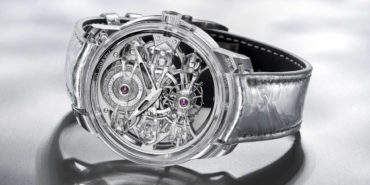Interviews • 27 Nov 2023
Benoît Mintiens: The Man Behind Ressence
Founded by Benoît Mintiens in 2010, Ressence watches swiftly garnered attention for its innovation and eye-catching design. In this interview, he shares his thought process, design approach and more.
Telling time is an easy enough task but Ressence has made it its mission to design watches that would make it even less than child’s play. The Belgian brand takes pride in its unique design approach where the watches strike a conversation and tell the time in an out-of-box manner that would eventually seem like the only (and best) way to do so, while remaining aesthetically non-conventional and distinct. It’s all in the name of freedom of expression.
The man leading this movement is Benoît Mintiens. With a background in industrial design, the Ressence CEO is known for making bold, revolutionary choices. Every launch of a new series has surprised keen enthusiasts, new and old. The Type 1 showcased the transition of a traditional 3D view to a flatter 2D dial, giving the illusion of words on paper almost. The theory was that it was easier to read time that way. The Type 3 was the first oil-filled watch and even won the Horological Revelation prize at the Grand Prix d’Horlogerie de Genève (GPHG) in 2013. This was to solve the light refraction problem. The list goes on.
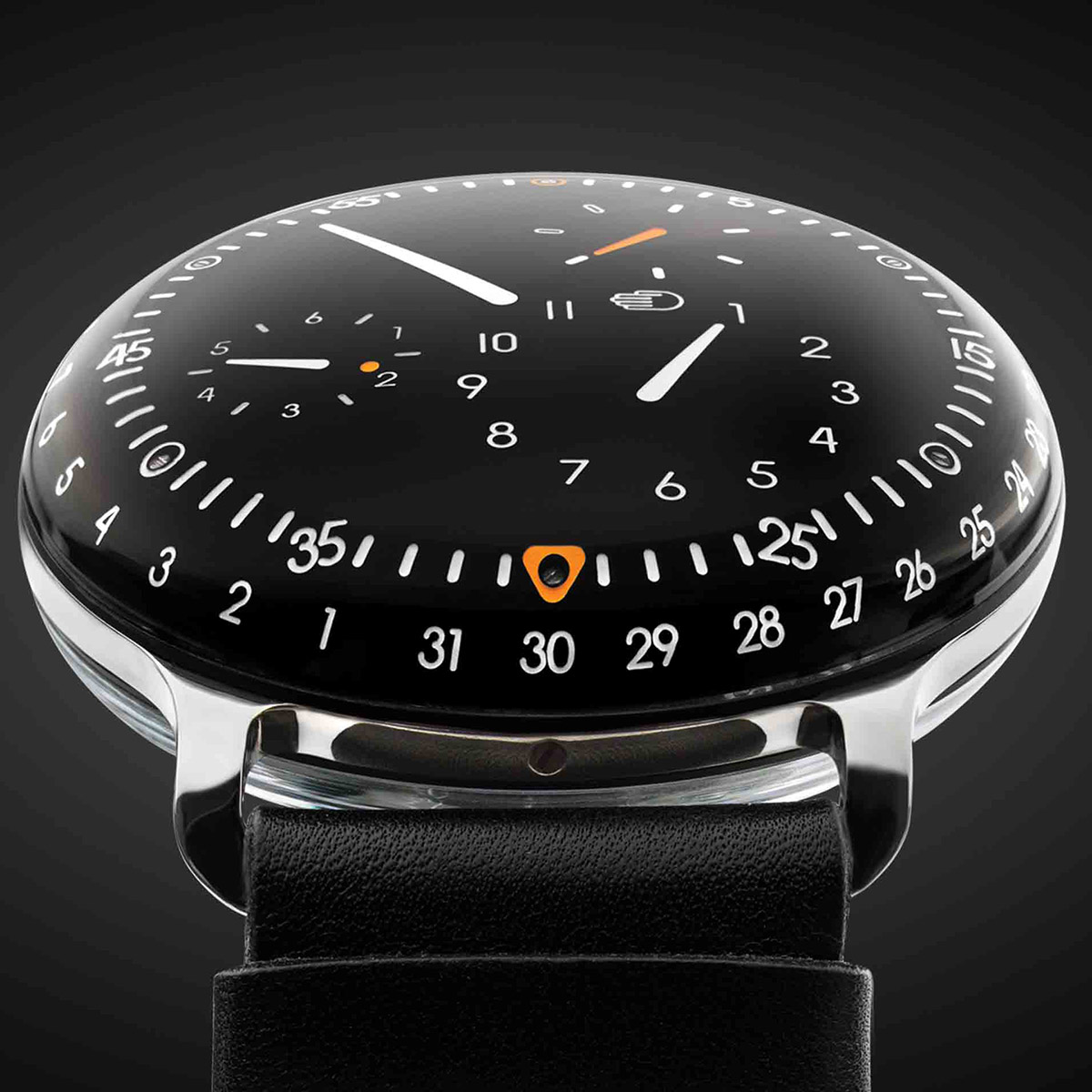
Photo: Ressence Type 3, Horological Revelation Watch Prize, GPHG 2013
Ressence has offered many modern-day solutions but Mintiens’ heart remains in the realm of mechanical watches. He states simply that it is only logical. “You can have a much stronger relationship with a mechanical movement compared to a digital one. The reason is simple: it’s because we, as humans, tend to have a stronger connection with something that we can understand,” the Ressence founder shares with us.
“I believe mechanical watches are capable of generating more empathy because you can relate to it – even if you’re not technical, you would understand that if a little sand gets into the gear, the watch will stop working. You can imagine what the problem could be but in the case of a digital watch, if it doesn’t work, it doesn’t work. You then toss it aside because you don’t understand it. Our aim is to form a relationship, and so, I think mechanical movements are a better way to get there,” Mintiens further explains.
Mid-interview, we exchanged views on the beauty of the seemingly simple things, which reminded him of a similar philosophy valued through the making of Ressence watches. “I’ll tell you a secret. When you turn around the main dial underneath the Type 8, you’ll find the words ‘Simplicity is the ultimate sophistication’ engraved on it. Well, that’s actually a little message for the watchmakers when they open the watch,” Mintiens share with a smile.
Ahead, we delve deeper into Mintiens’ design approach, the surprising challenges behind making them and his insights on product design.
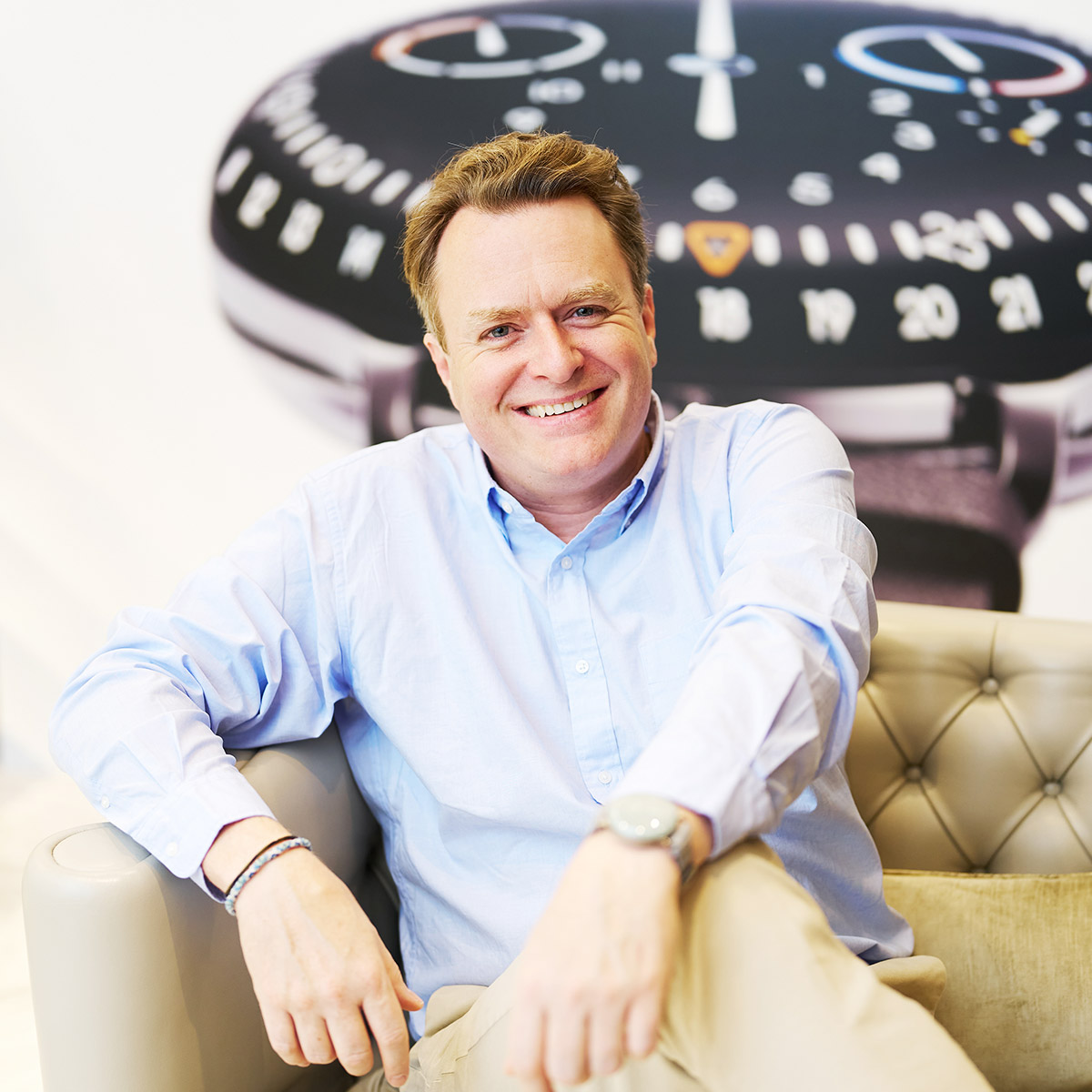
Photo: Benoît Mintiens during his visit to Singapore
Designing the relationship with the watch
“Our design approach is to see things from the user’s perspective. It’s commonly seen in the history of product design: to adapt the product for the user instead of having the user adjust themselves to the product. You’ll still see this approach today – though some brands don’t place this as the first criteria – where many products are actually technical solutions.
“The whole idea of designing the relationship first comes from really putting to mind who will be wearing the watch; why did they buy it and what are their expectations; what would be their living context. I then make a product that will answer all these criteria. I’ll give an example with shoes. If you have a comfortable pair, you’ll think that they are good-looking and people will look at you positively too. When you put all these reasons together, they will easily become your favourite shoes. The only time you won’t wear them is perhaps the colours don’t match your clothing that day. Once they’re completely worn out, you’re likely to buy new shoes from this same brand. It’s the same with watches and it’s a very logical and pragmatic approach.”
The evolution of product design
“Rather than solely my industrial design background that influenced my approach with Ressence, I believe it’s merely a differentiating factor. Take the computer for example; when it was first invented in the 80s, it wasn’t a practical invention. In fact, my father bought one when I was 10 years old. He was a little worried because I wasn’t interested. I didn’t want to play or do anything with it. It was horrible back then too [laughs]. It was a black screen with a blinking green cursor; you had to type code in MS-DOS to do anything.
“But then 35 years later, my three-year-old child can easily find pictures of their dog, their mother or whatever on the iPad – without any help, all by themselves. They only had to observe us doing it and then repeat it on their own. So, that means like evolution in species, products can evolve too. By my judgement, this evolution is usually a positive one [laughs] because they’re evolving for the user’s benefit. Cars are a good way to illustrate this. In the beginning, cars are difficult to handle but today, you can drive one by lifting a single finger. Most products go through that – mechanical watches didn’t have the opportunity due to the Quartz Crisis. I believe that’s why people think Ressence is a modern watch. It isn’t. It’s just a watch from today. It’s a contemporary design, not a modern design.”
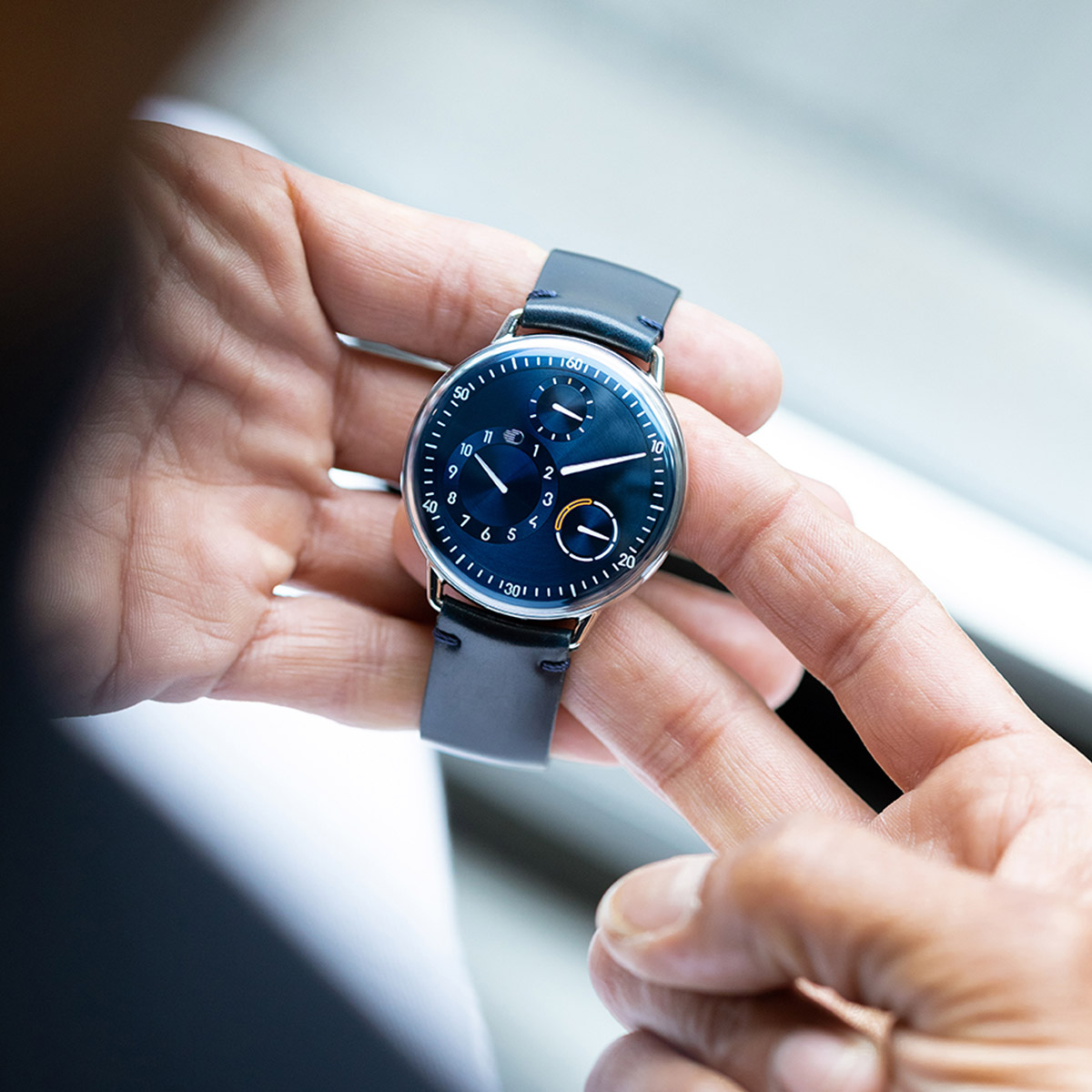
Photo: Ressence TYPE 1° Round N and B (2023)
Ressence’s Challenge #1: Finding watchmakers
“We’re based in Belgium so it’s hard to find watchmakers locally. We do have quite a team now in Switzerland assembling our watches but we do assemble a small percentage (around 10 per cent) in Belgium. This is for us to see the components because sometimes there are new suppliers, processes or batches. It helps us keep an eye on how things are made. One day, we hope to assemble more than 10 per cent but we’ll need to train more watchmakers. The team that we have now are trained to do after-sales and quality control. Our plan is to ensure the watchmakers can do everything.
“In Belgium, you need to train them yourself because there are only two watchmaking schools and after you’re done, the most you’ll be able to do is change the battery and strap or at least, they don’t teach beyond the ETA movement. So, in the end, you need to take it upon yourself to train them and it’s a long process.”
Ressence’s Challenge #2: Colour options
“Due to challenges from tolerance levels, we have to use galvanic ink for our dials but this in turn imposed colour limitations. But we finally managed to achieve a very special colour for the Type 3 EE by applying a coating on our components. It only took two and a half years to develop this unique process.
“After all, the Ressence dial is the technical part of the watch, with complicated components that double as part of the mechanism. It’s also very expensive to make. We would finish the bridges of the movement the same way you would finish the dial and no one does that. There’s a good reason for it – you lose a lot of parts in the process – but the concept is integral to our identity so we’re happy with it regardless.
“Now, we also integrate ball bearings and titanium, all of which when put together have a very low tolerance. It’s not going to work if we added paint on top so we resorted to using galvanic treatments because they’re thin yet constant in consistency. However, they’re super limited in colours and suppliers are scarce too.
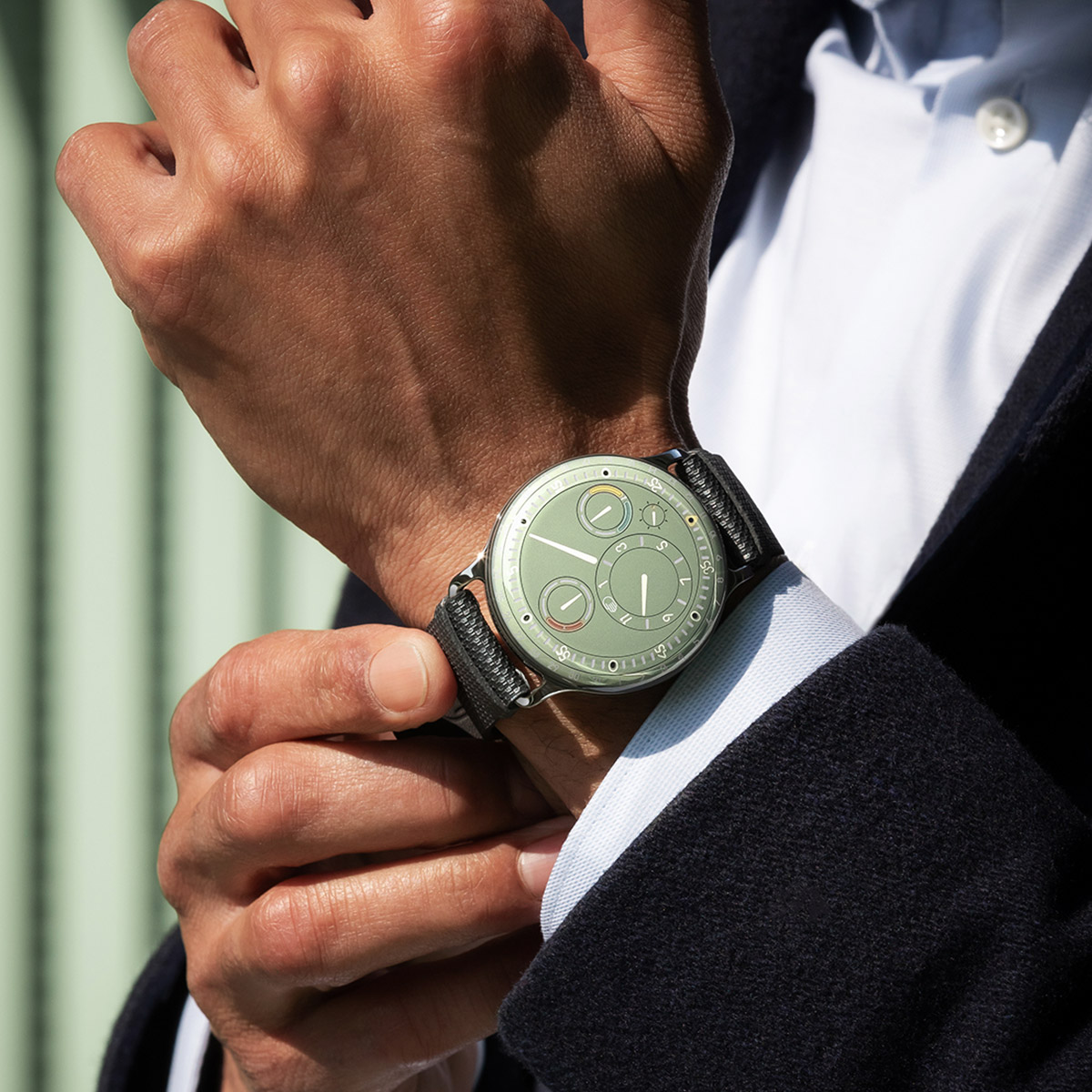
Photo: Ressence TYPE 3 EE (2023)
“Not to mention, a typical watch dial is a single piece but for a Ressence dial, it’s composed of four to twelve parts – imagine needing them all to be exactly the same colour. When it comes to galvanic treatments, the chemical reactions and other factors would cause slight differences in shades. It’s nearly impossible to have the exact same tone.
“The Type 3 White was the start of a few major setbacks where we initially managed to produce a white-ish shade for it by adding a layer of silver in the galvanic treatment. But then, we had a batch where some components began to turn yellowish after six months due to a reaction from the silver. We recalled those watches and went back to the drawing board.
“It took us a long time to find a solution but we finally have it. That’s how we were able to do the Type 3 EE with this artisanal leather colour. This is bringing back memories of all that stress [laughs] but it’s okay. The whole idea is to let the owner of the watch feel good with that watch on their wrist. It’s my problem to solve when it comes to the complications of making the watch. They just need to enjoy the watch.”
*This interview has been edited for length and clarity.
Discover Ressence at The Hour Glass.






